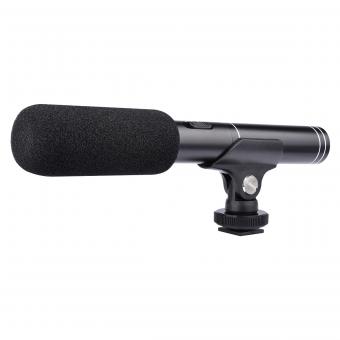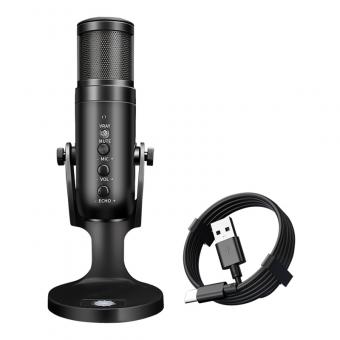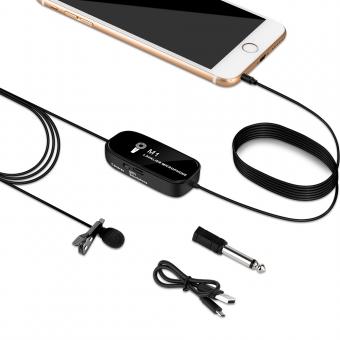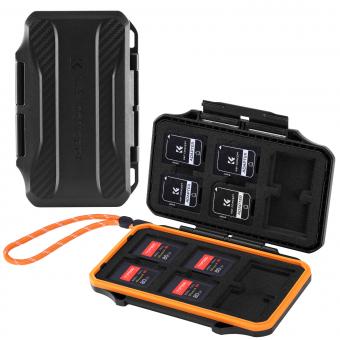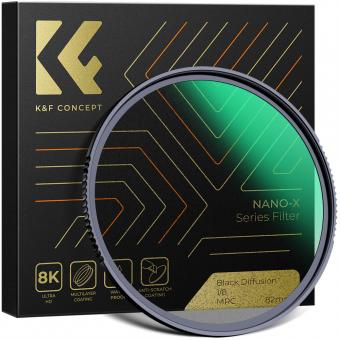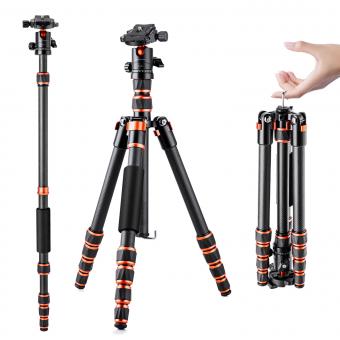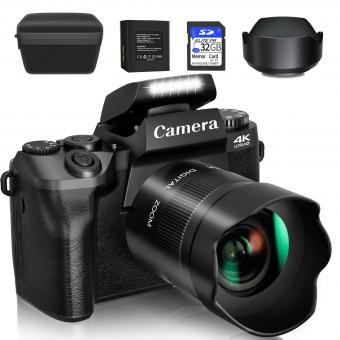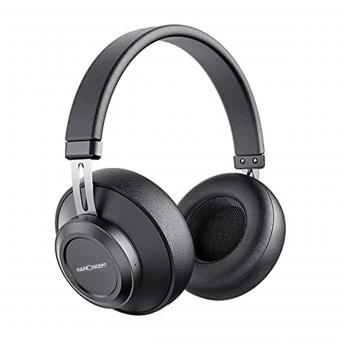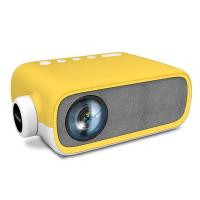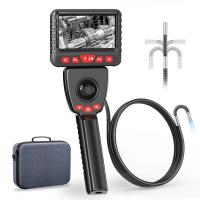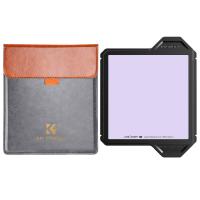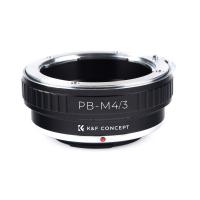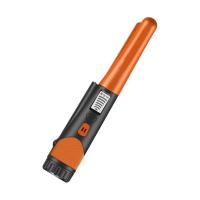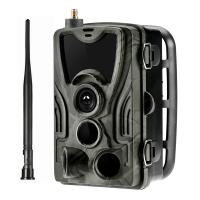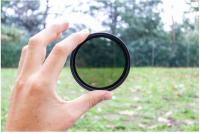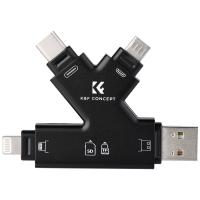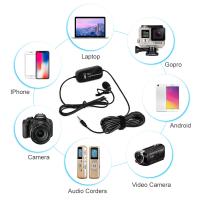What Are Lavalier Microphones Used For?
In the realm of audio recording, the pursuit of clarity and convenience has led to significant advancements in microphone technology. One such innovation that has stood the test of time and continues to be an indispensable tool across various fields is the lavalier microphone. In this article, we will traverse the world of lavalier microphones, exploring what they are, their primary uses, the different types available, and best practices for achieving optimal audio results.
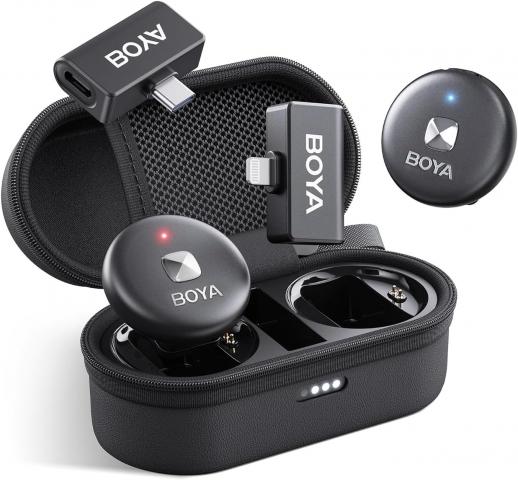
Understanding Lavalier Microphones
A lavalier microphone, often referred to as a lav mic, lapel mic, or body mic, is a small, typically omnidirectional microphone designed for hands-free operation. These miniature microphones are usually clipped to the wearer's clothing, close to the mouth, ensuring direct sound capture with minimal background noise interference. Their unobtrusive nature makes them ideal for situations where a handheld or stand-mounted microphone would be cumbersome or visually intrusive.
Primary Uses of Lavalier Microphones
Lavalier microphones have a wide array of applications thanks to their discreet design and excellent audio quality. Below we delve into the primary fields where lavalier microphones are most commonly employed.
1. Broadcasting and Journalism
In the fast-paced world of news broadcasting and journalism, mobility and clarity are paramount. Lavalier microphones are extensively used by news reporters and broadcast journalists during live reporting because:
- They allow for hands-free operation, enabling reporters to handle other equipment or documents.
- Their small size ensures they remain out of sight, maintaining a professional appearance on camera.
- They capture clear and consistent audio even in noisy or dynamic environments.
2. Theater and Performing Arts
In theater productions and live performances, lavalier microphones are almost indispensable. Performers wear these mics to ensure their voices are clearly heard by the audience without restricting their movements. The benefits include:
- Enhanced sound projection without the need for visible microphones, preserving the aesthetic of the performance.
- Ability to move freely on stage while maintaining consistent audio levels.
- Seamless integration into costumes, further adding to the invisibility of the microphone.
3. Corporate Presentations and Public Speaking
For presenters and public speakers, lavalier microphones are a valuable tool. Whether in a conference room or a large auditorium, the advantages are clear:
- Presenters gain the freedom to move around the stage or room, engaging more dynamically with their audience.
- Consistent voice amplification ensures every member of the audience can hear the speaker clearly, regardless of their location in the venue.
- A more professional appearance, as presenters are not hindered by handheld mics.
4. Film and Video Production
In film and video production, particularly in documentary filmmaking and interviews, lavalier microphones are a popular choice. Their advantages include:
- Ability to capture crisp dialogue without the need for intrusive boom microphones.
- Reduction of ambient noise capture, focusing cleanly on the subject’s voice.
- Facilitation of natural sound recording in dynamic or uncontrolled environments.
5. Education and Online Content Creation
With the rise of online education and content creation on platforms like YouTube and podcasts, lavalier microphones have become essential for educators and influencers:
- Educators use them for recording lectures, ensuring clear audio delivery while being able to write on boards or interact with students.
- Content creators leverage lavalier mics for vlogs, tutorials, or interviews, ensuring high-quality sound without the need for professional studios.
Types of Lavalier Microphones
Lavalier microphones come in different types, each suited for specific applications and preferences. Here’s a breakdown of the primary types.
1. Wired Lavalier Microphones
Wired lavalier microphones connect directly to recording devices or transmitters using cables. They are preferred for:
- Consistent audio quality without the risk of signal interference.
- Lower cost compared to wireless systems.
- Applications where mobility range is not a concern, such as studio recordings or controlled environments.
2. Wireless Lavalier Microphones
Wireless lavalier microphones offer the freedom to move without the constraint of cables. They are ideal for:
- On-stage performances, live reporting, or any scenario requiring extensive mobility.
- Situations where a seamless appearance is crucial, as cables can be hidden.
- Remote recording, where the subject needs to move freely away from the recording device.
Best Practices for Using Lavalier Microphones
To maximize the potential of lavalier microphones, it’s essential to follow best practices to ensure optimal audio quality and durability.
1. Proper Placement
Placement of the lavalier microphone is critical. It should be close to the speaker’s mouth, typically around 6-8 inches away, and positioned on the chest area. Avoid placing it under thick layers of clothing which can muffle sound.
2. Wind Protection
When using lavalier microphones outdoors, wind noise can be a significant issue. Use foam windscreens or furry windshields (wind jammers) to mitigate this problem.
3. Cable Management
For wired lavaliers, managing cables is essential to prevent accidental disconnection or noise interference. Use clips and ties to secure cables, keeping them concealed and untangled.
4. Battery Management for Wireless Systems
For wireless lavalier systems, always ensure batteries are fully charged before use. Carry spare batteries to avoid disruptions during recording.
5. Monitor Audio Levels
Regularly monitor audio levels to ensure consistent recording quality. Use headphones to detect any issues early and adjust settings accordingly.
Lavalier microphones, with their versatility and superior sound quality, have become a cornerstone in various domains from broadcasting to online content creation. Their discreet design and ease of use make them an invaluable asset for anyone serious about audio recording. By understanding their applications, types, and best practices, users can harness the full potential of lavalier microphones, ensuring impeccable audio results in every project. Whether you’re a journalist, performer, educator, or content creator, investing in a good lavalier microphone is a step towards achieving professional-grade audio excellence.

